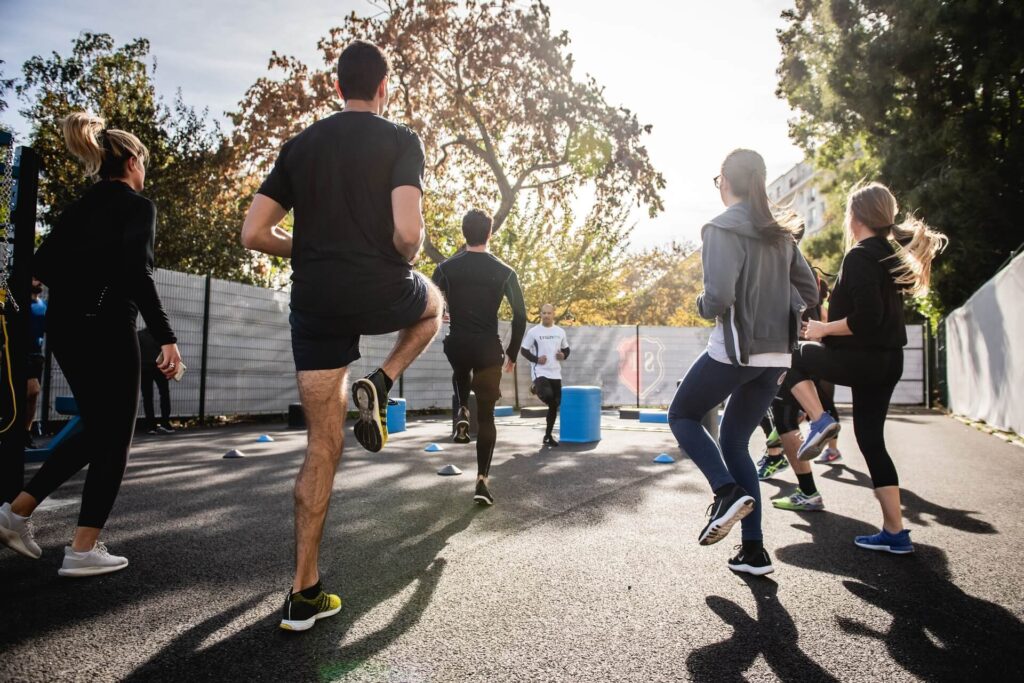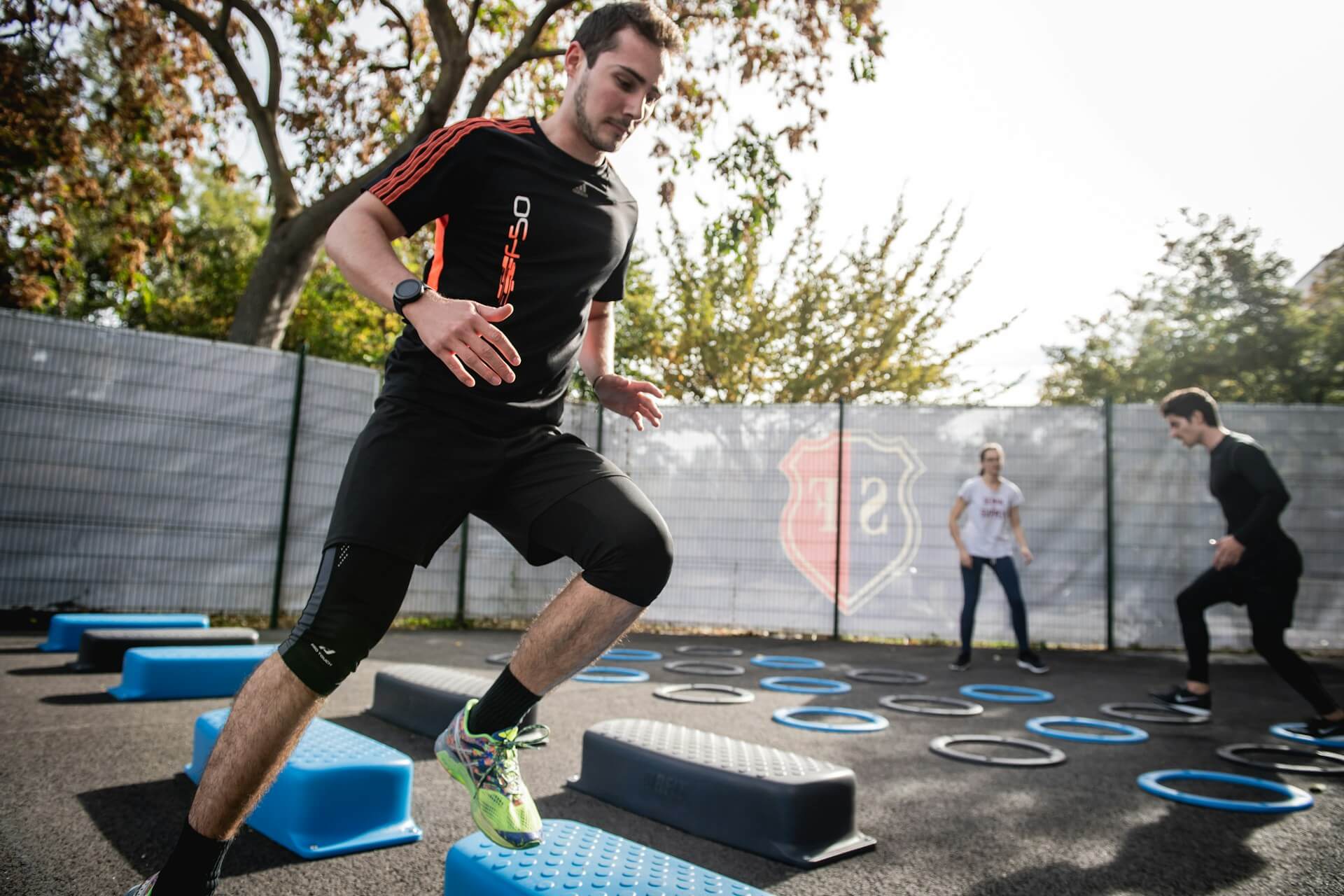Workout Plateaus: Why Fitness Progress Comes to a Standstill
Jan 30, 2024

As an Amazon Associate, Modded gets commissions for purchases made through links in this post.
Novice fitness enthusiasts make the mistake of thinking that progress is linear. Almost all physical activities start as punishing. Then, your heart rate stays stable as you get used to them, and you barely experience shortness of breath after an extended period of training. You feel good about yourself because you enjoy massive gains in just a short time.
However, what will you do when your progress comes to a standstill? Whether you’re training to increase your lean muscle mass, strength, speed or endurance, your gains are bound to plateau.
What Is a Workout Plateau?
Workout plateaus are stages of progress when you stop getting positive results from your exercises. You can experience them even if you follow your fitness program religiously.
They can happen for various reasons. Usually, fitness plateaus happen when your body adapts to your exercises’ demands. Once it becomes accustomed to your increased efficiency in burning calories, building muscle, increasing strength or whatever your workout goal may be, it thinks it’s the new normal and stops improving at the rate it used to.
Moreover, your workout progress can also plateau when you:
- Become complacent about exercises.
- Train without strategy or discipline.
- Make detrimental lifestyle choices.
- Feel burnout.
Fitness plateaus are a sign your hard work has borne fruit. However, failing to reach new milestones can be frustrating and discouraging. Your enthusiasm can wane, diminishing your motivation to continue your fitness journey.
How Do You Know If You Hit a Workout Plateau?

You know you hit a workout plateau when your exercises stop feeling challenging. After witnessing significant improvements, you may hardly see any fruits of your labor at your usual rate. Even worse, you notice the opposite of what you want to accomplish. If you’re training to shed pounds, have a ripped body or gain strength, you may put on weight, lose muscle tone or feel weaker.
Your energy levels are low when you want to do cardio or bench. You begin second-guessing your program and question whether you’re wasting your time. You drag your feet when you know it’s time to hit the gym.
How Long Do Workout Plateaus Last?
Workout plateaus can last indefinitely, regardless of your exercise. They happen for a reason and will continue unless you make the necessary changes to your fitness program.
However, only time will tell when what works stops working. For example, strength gain plateaus can last eight weeks before you can confirm your muscle growth has stagnated.
How Do You Break a Workout Plateau?
Overcoming workout plateaus can be tricky because only some adjustments can do wonders for everyone. Follow these nine tips to put yourself over the hump.
1. Track Additional Metrics
Reassess how you measure your improvement. For instance, relying solely on the scale to record the amount of weight you lose may derail your progress. Believe it or not, you can be fitter than before, even when it’s not moving.
Taking photos of yourself while wearing the same clothes every other week, sizing essential body parts with a cloth tape measure, and using a caliper to keep tabs on your body fat percentage can reveal more insight into your fitness than simply weighing yourself.
2. Recalibrate Your Routine

Being in a rut results in fitness stagnation. Your fitness situation changes over time, so your activities should, too.
You can modify your fitness regimen in various ways. Changing the order of exercises, doing an activity longer, going harder in a specific period, and lifting lighter weights with more repetitions or heavier ones with fewer reps are some avenues worth exploring.
3. Embrace Progressive Overload
This principle means incrementally increasing your workout frequency, intensity or volume to push yourself harder. Otherwise, you may send the wrong signals to your body and tell it to maintain your current state of fitness instead of taking it to new heights.
4. Use New Equipment
Introducing your body to a new tool or machine can make a difference. It can force you to perform new movement patterns and activate new muscle groups. Such a change of pace can help spice up your favorite exercises and challenge your body harder.
5. Vary Up Your Workouts

Diversifying the exercises in your program can help get you out of fitness limbo.
Doing strength training can increase fat cell metabolism, so it can be helpful when trying to reach your ideal body mass index. High-intensity interval training is an endurance booster that burns a ton of calories. Speed work can help aging muscleheads slow down atrophy. Enhancing concentration and breath awareness to hold yoga poses can help marathoners and triathletes be mentally unbreakable to finish and win races.
If you participate in group classes, consider going solo to help eliminate distractions and quiet your mind. If you’re a solitary gymgoer, think about training with others to reinvigorate the joy of workouts.
Moreover, exposing yourself to different types of exercises can help you remain physically active while discontinuing the ones you’ve overgrown. If the plateau is psychosomatic, perhaps you need fresh scenery to help your body respond to workouts positively again.
6. Get More Rest
Recovery is just as important as physical activity. Depriving your body of the time it needs to rebuild and repair itself after a grueling workout will do more harm than good in the long run.
The benefits of adequate rest are also psychological. Not taking the time to sleep and relax can affect your mood and athletic performance, making workouts less enjoyable and counterproductive.
7. Rethink Your Diet
Thoughtless eating can offset your fitness gains. What you should have on your plate depends on your exercise, so what seems healthy may be nutritionally inappropriate to achieve your goals.
For example, runners and cyclings who carbo-load with the wrong types of carbohydrates — like pizza, pastries, cake and cookies — can experience stomach aches on the day of the race because of the high fat or fiber content in their diets.
8. Set Realistic Goals
Expecting to see the same rate of results throughout your fitness journey is illogical because your body naturally has more to gain at first than in the later parts of your training. Change your definition of progress to hit more reasonable objectives and make headway.
9. Work With a Trainer
If all else fails, use a professional trainer to help figure out what’s wrong with your current workout regimen and personalize a program for you.
Break Through Workout Plateaus
Fitness plateaus are normal, but expecting them to go away on their own is an exercise in futility. As frustrating as they can be, you can break these dry spells and get back on track with these practical tips.






